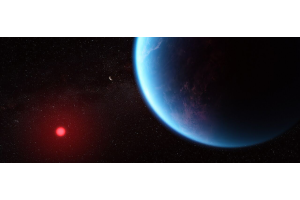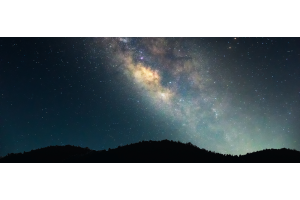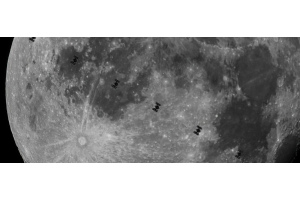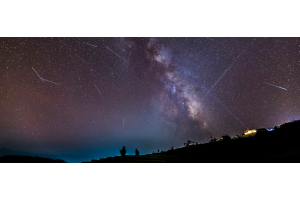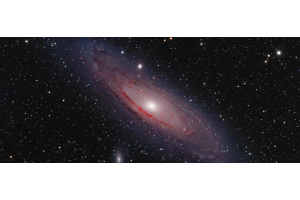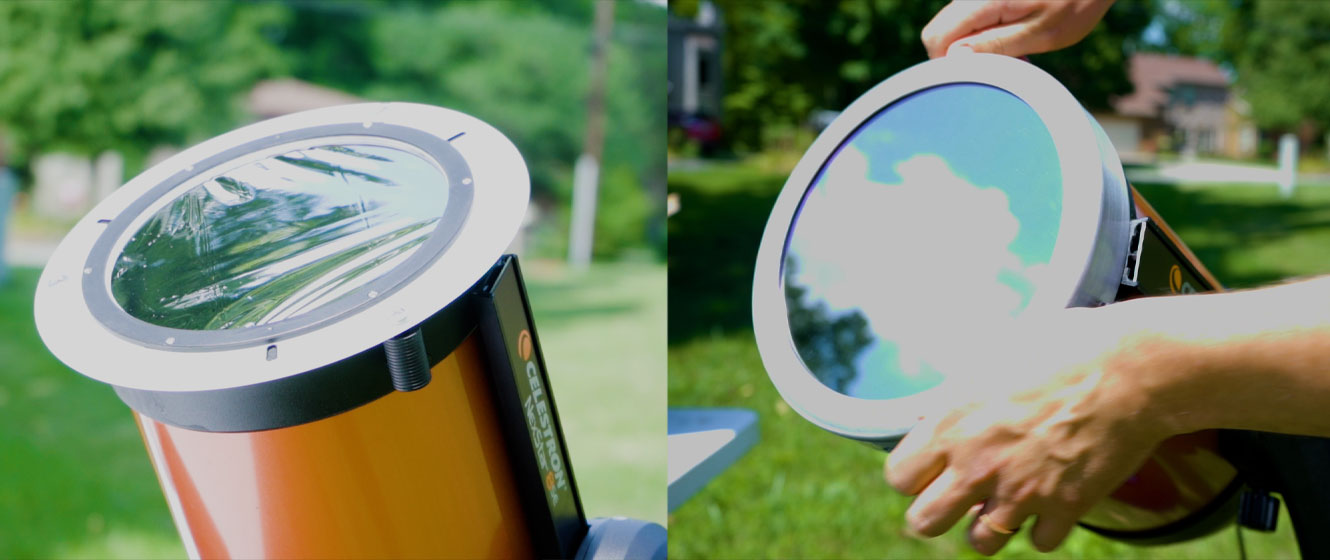
If you’re in the market for a solar filter, chances are you’ve noticed that there’s a variety of materials these are made in. Naturally, this begs the question - what, if anything, is the difference between these different filters? Is one material more safe than the other?
The short answer is: As long as these filters are securely mounted to the front of the optic you’ll be looking through, be that telescope, binoculars, or finder*, safety is not a concern regardless of which of these types of filters you choose.
*You may want to consider covering or removing your finder, especially if it is a red dot/reflex finder which is easy to look around and into the sun. You can always roughly aim your scope without a finder by moving it around until its shadow is as small as possible.
That said, there are some notable differences between different material filters. Today we’ll be taking a look at two of the most common materials - glass and film - and explaining those differences, as well as the advantages and disadvantages, between these two very popular types of solar filters!
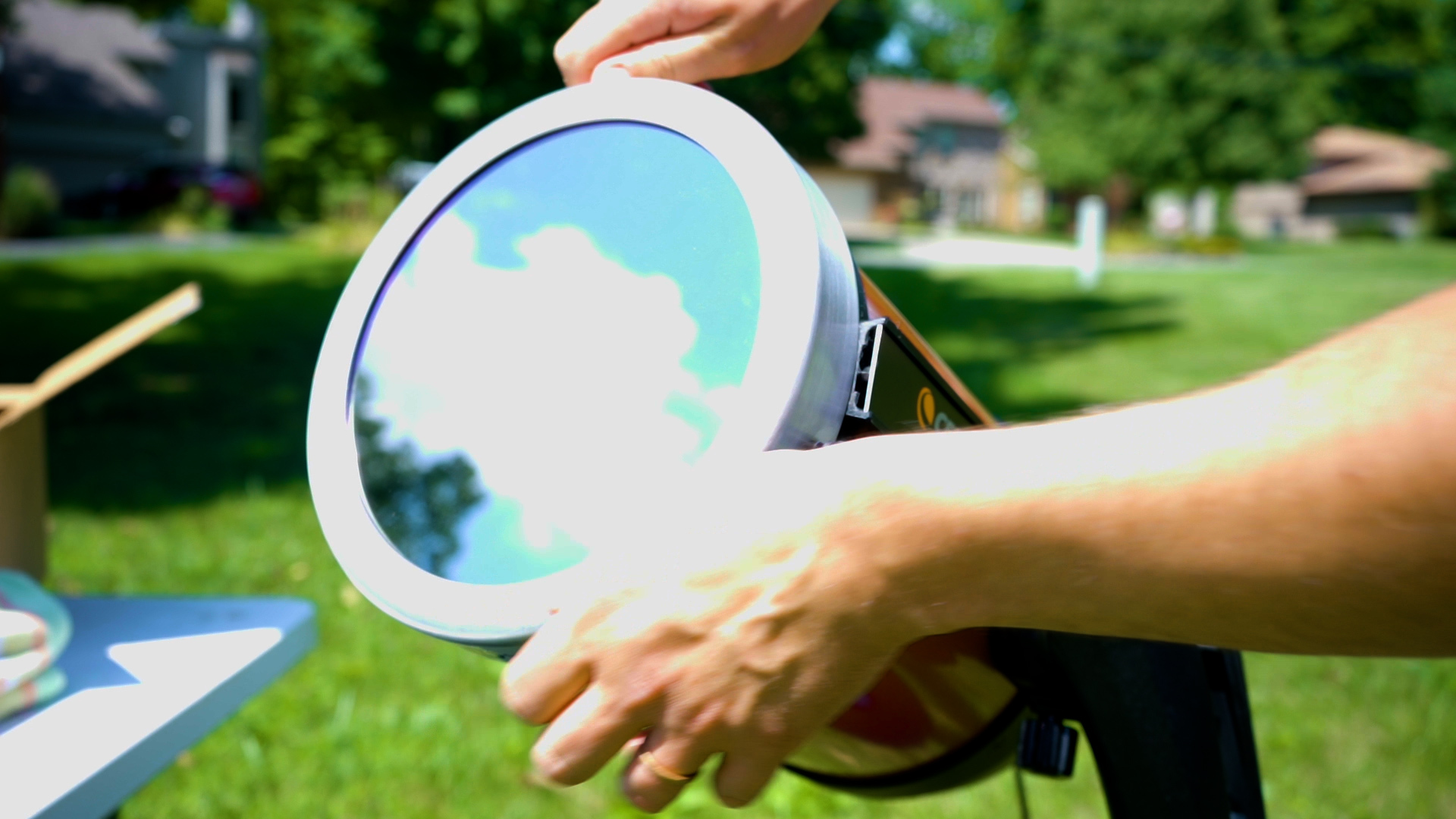 Click to Enlarge Image
Click to Enlarge Image
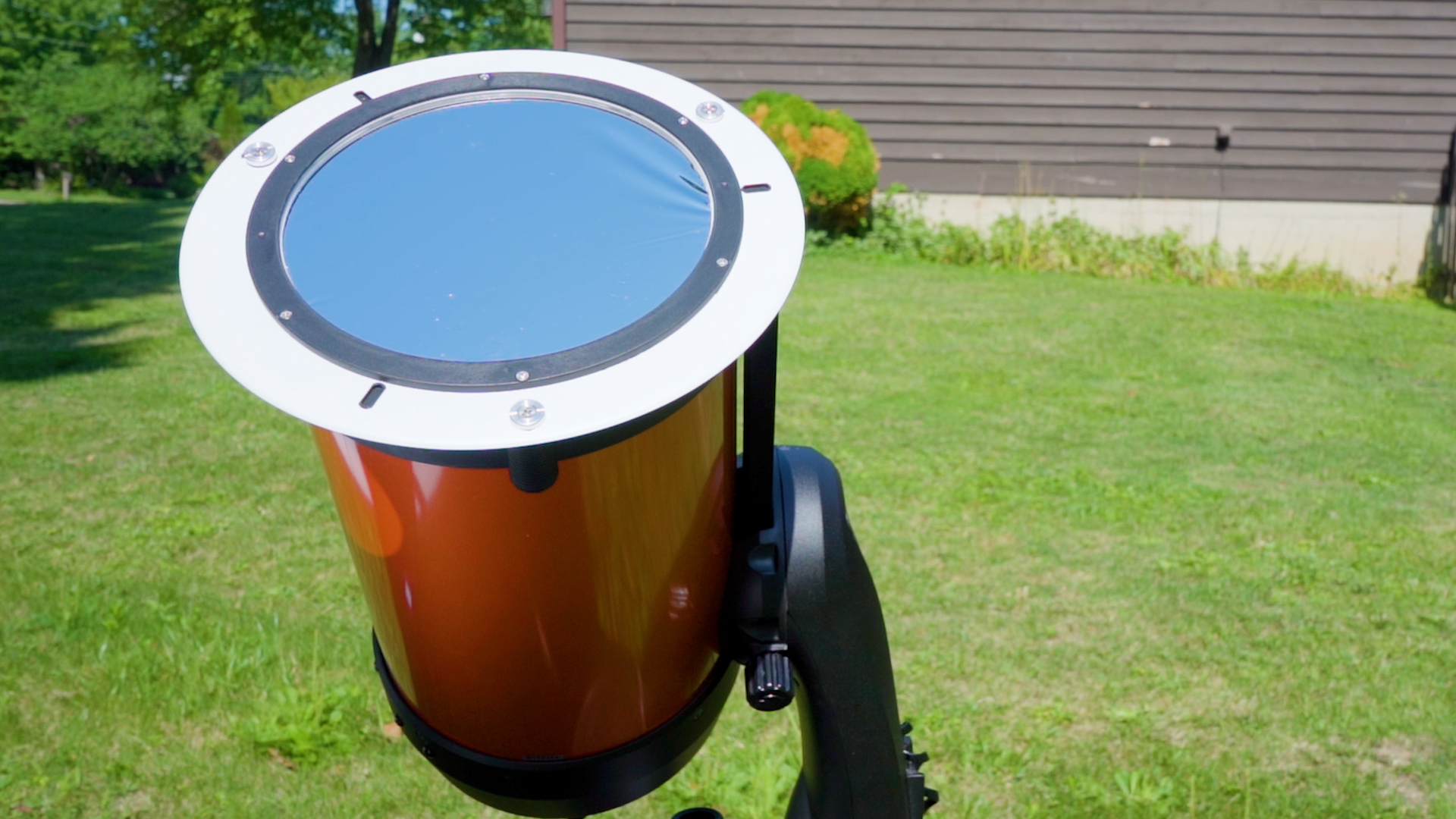 Click to Enlarge Image
Click to Enlarge Image
Visible Detail
Now, unfortunately, the sun doesn't always reveal a cornucopia of details. Its roughly 11-year cycle brings times of plentiful detail as well as times when there is a lack of sunspot activity to explore. A good resource to check is NASA's Solar and Heliospheric Observatory (SOHO) page, where you can view the most recent HMI Continuum image to see what may be in store for you on any particular day before dragging your scope out.
Of the detail visible on any given day, however, a film solar filter will typically resolve these a bit more sharply than all but the most expensive of glass filters (especially at higher power). This may be a bit counter-intuitive, especially since the surface of these can be wrinkled. Baader, one of the major producers of Solar Safe film, states this is done on their line to reduce distortion that would otherwise be introduced by stretching the film.
Unlike solar film filters, where both sides are coated, Glass solar filters on the other hand are generally only coated on the underside.
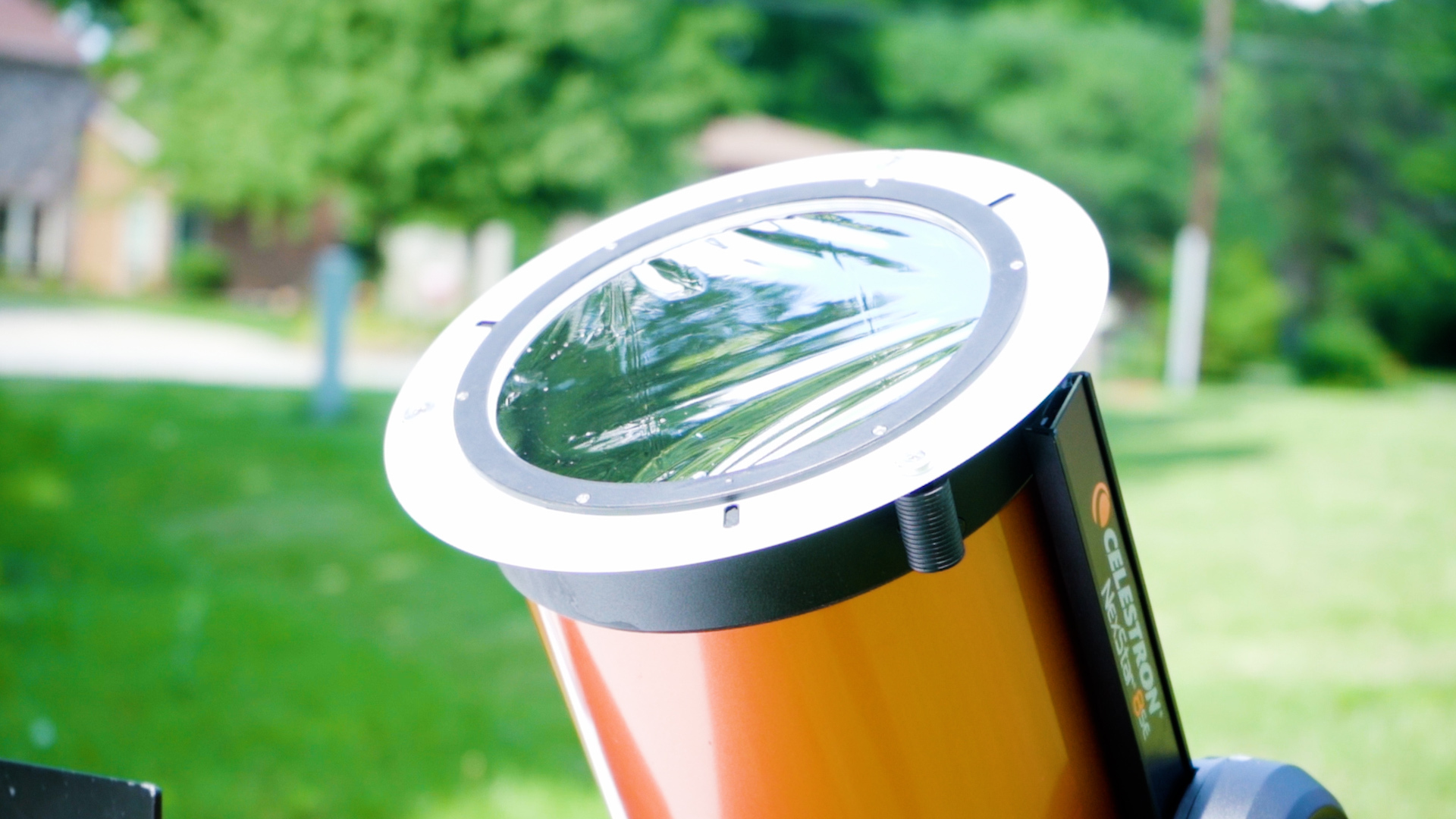 Click to Enlarge Image
Click to Enlarge Image
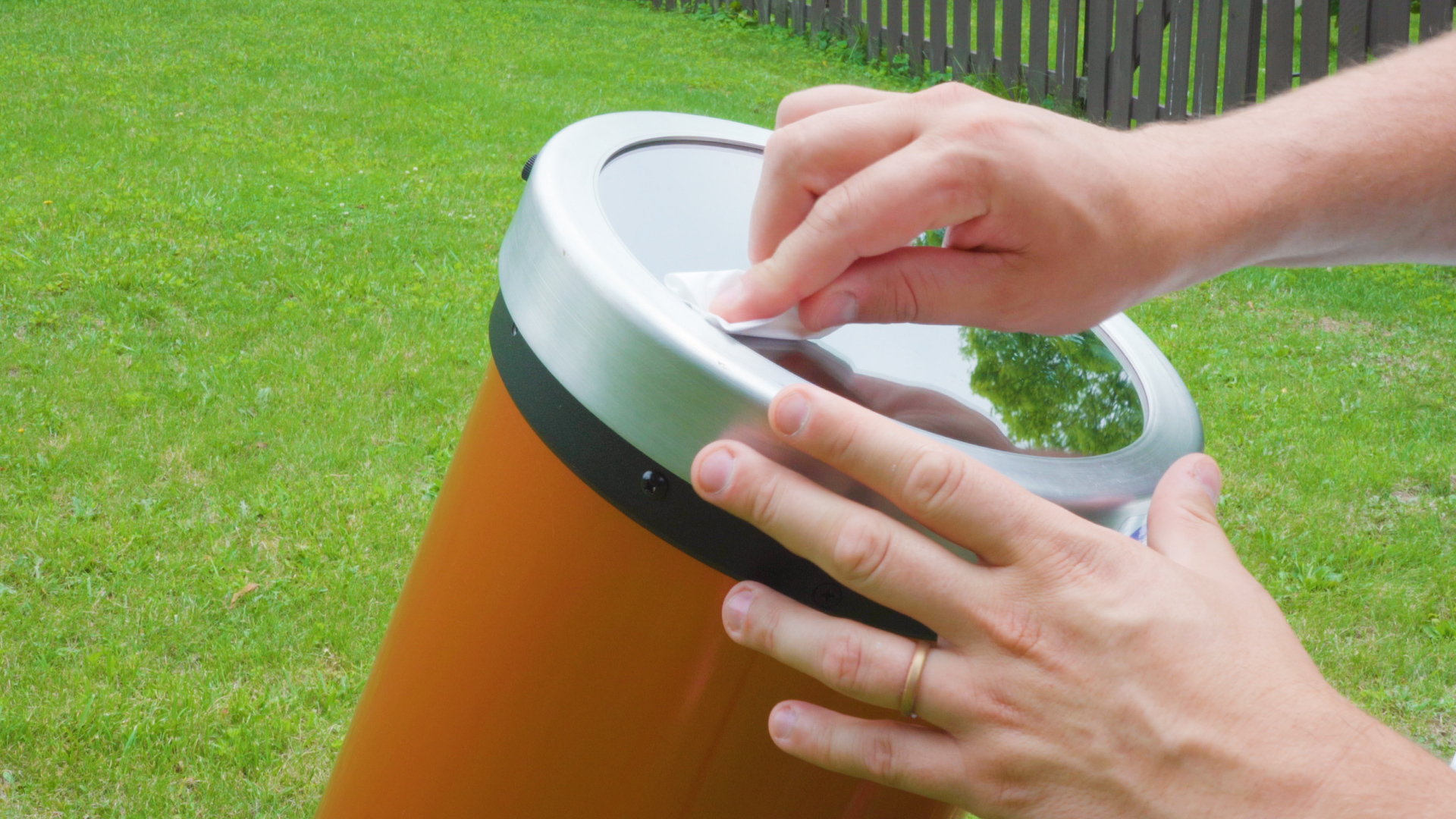 Click to Enlarge Image
Click to Enlarge Image
Durability/Cleanability
One advantage to that one-sided coating however is that much like a mirror, the surface most prone to dust and debris is uncoated glass and in this case, is the top of the filter. This means that after you’re done observing you can just wipe down the outside of a solar filter without the worry of damaging the light-blocking coating; where a film filter requires a bit more care if cleaning is needed so as not to damage the coating or thin film material.
Cost
This is an easy one! - of these two types of solar filters, a film filter will in almost all cases be the less expensive option (size being equal).
Color
One last thing of note is that the different coatings used on each material do result in a color cast while viewing; where a glass filter yields a more natural looking yellow/orange sun, while the image seen in the film filters is essentially white. With that said, a yellow filter can always be threaded to the bottom of an eyepiece should the user desire to add some color to the view.
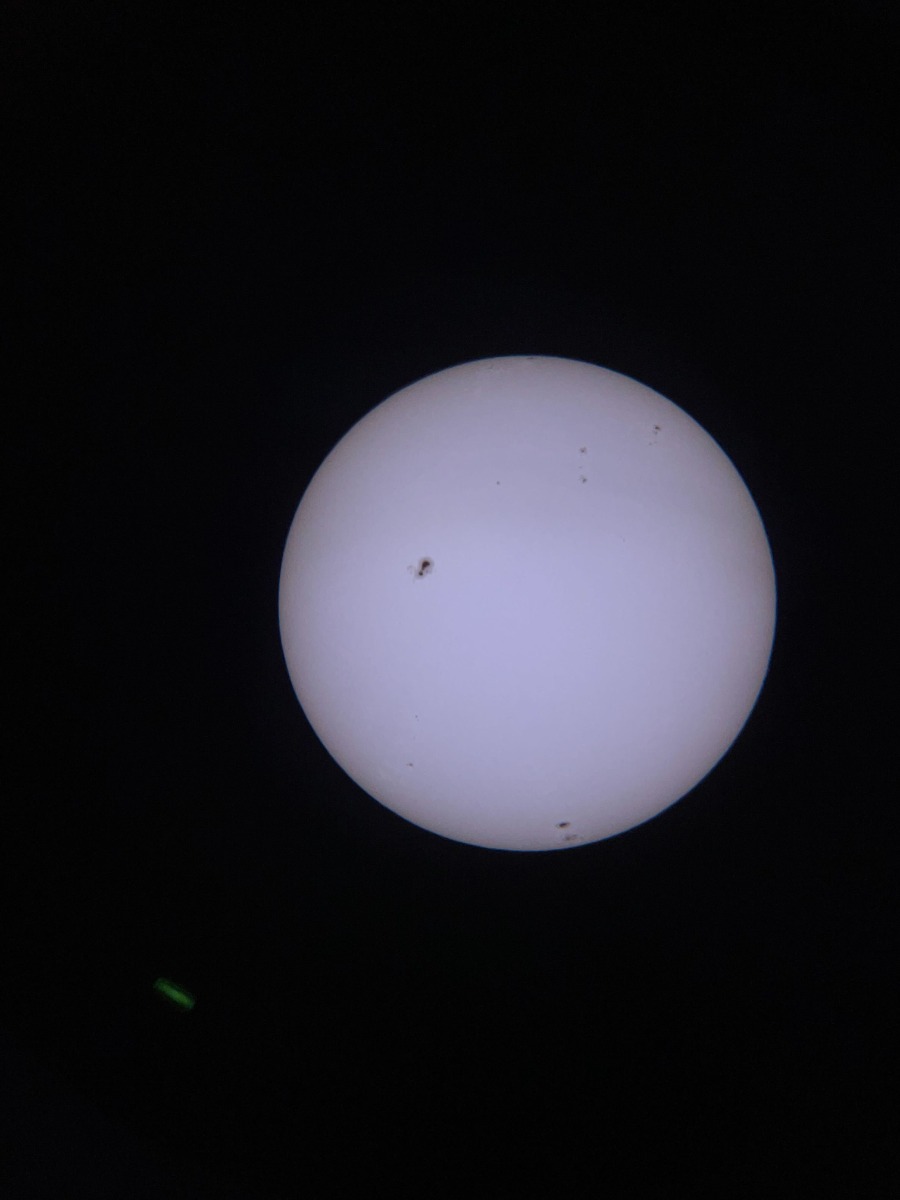 Click to Enlarge Image
Click to Enlarge Image
 Click to Enlarge Image
Click to Enlarge Image
And that’s it! Now that you know the differences between glass filters and film filters, are you ready to find the perfect filter for your telescope? Well, you’re in luck! We’ve created an article and a solar filter calculator designed specifically to help you figure out which solar filter is the right size for your needs!
If you are already using your telescope to explore what our nighttime sky has to offer, an inexpensive solar filter can provide a whole new dimension to your experience! So regardless of which type of filter you choose, you can expect many years of enjoyment exploring the ever-changing surface of our nearest star!

Learn More
Interested in learning more about how to safely view the sun through your telescope? Not sure where to begin? Check out our Astronomy Hub!





